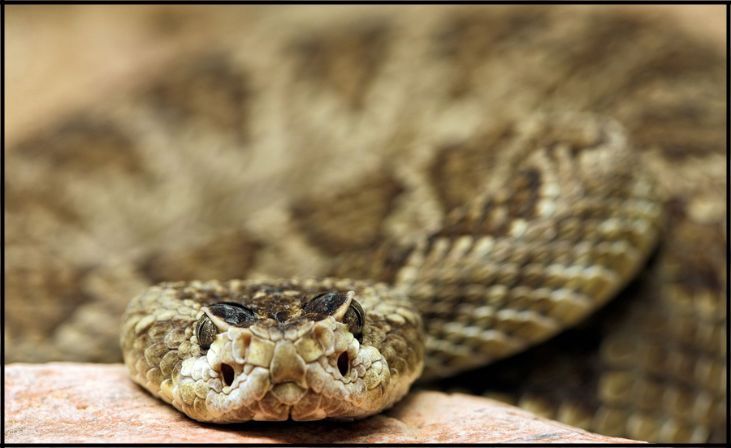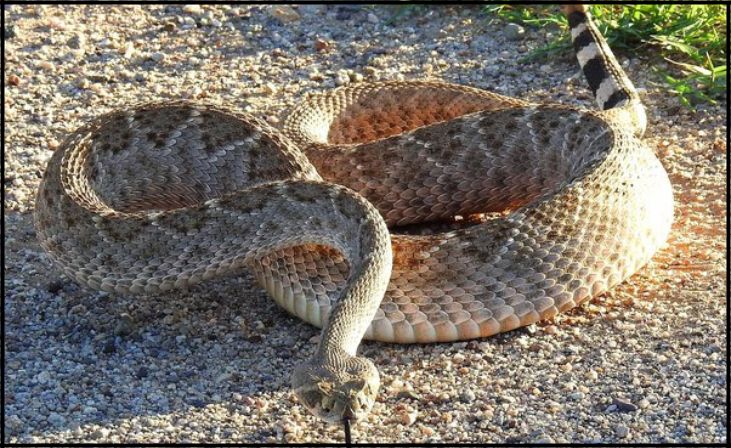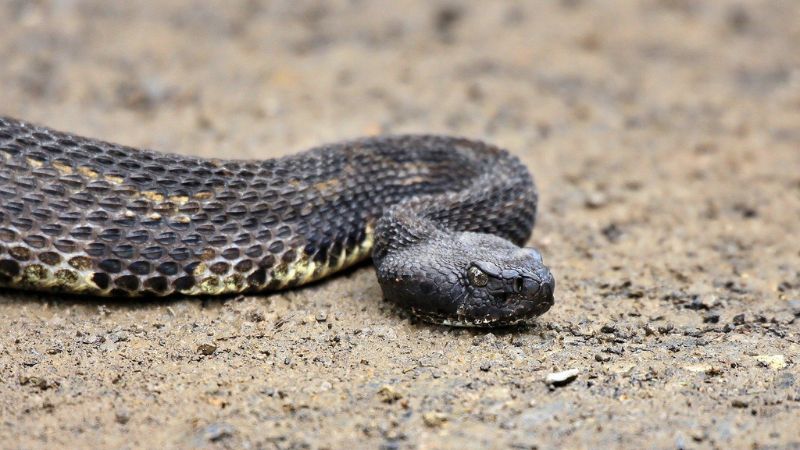In the realm of serpents, the timber rattlesnake stands out both for its size and its reputation. Let’s delve into the world of these fascinating creatures and uncover the mysteries surrounding the largest timber rattlesnake ever recorded.
The Largest Timber Rattler
The record for the largest timber rattlesnake ever recorded stands at a staggering 6 feet, though recent reports suggest an even more colossal specimen measuring 6.2 feet. These measurements dwarf the average adult timber rattlesnake, which typically ranges from 2.5 to 5 feet in length and weighs between 1.1 to 3.3 lbs.
Overview of Timber Rattlesnakes

Timber rattlesnakes exhibit a striking array of colors, including yellow, brown, and gray, often accompanied by dark lines extending from the eyes to the mouth. Their bodies may feature hues of yellow, tan, brown, and gray, with distinctive dark stripes that form V-shaped patterns near the tail.
Diet
Like other vipers, timber rattlesnakes possess venom that aids in subduing their prey, which primarily consists of small mammals such as mice and rats. While their venom can be lethal to humans, bites are rare, and timber rattlesnakes often avoid confrontation by remaining still or retreating.
Habitat
Timber rattlesnakes are predominantly found in regions stretching from East Texas to North Florida. They favor habitats characterized by deciduous forests with steep slopes, where they can seek refuge and hunt for prey.
Dangerous Reputation: Understanding Timber Rattlesnake Venom

The venom of timber rattlesnakes, like that of other viper species, can be potent and potentially fatal to humans. However, it’s essential to recognize that these snakes are not aggressive by nature and will typically only strike if provoked or threatened. With proper awareness and caution, encounters with timber rattlesnakes can be safely avoided.
Snakes Mistaken for Timber Rattlesnakes
One intriguing aspect of timber rattlesnakes is their resemblance to certain nonvenomous snakes, which are often referred to as “mimics.” These mimic snakes closely resemble timber rattlesnakes in appearance, but lack the venomous bite. It’s essential for enthusiasts and researchers alike to be able to differentiate between these species to avoid confusion and ensure accurate identification.






